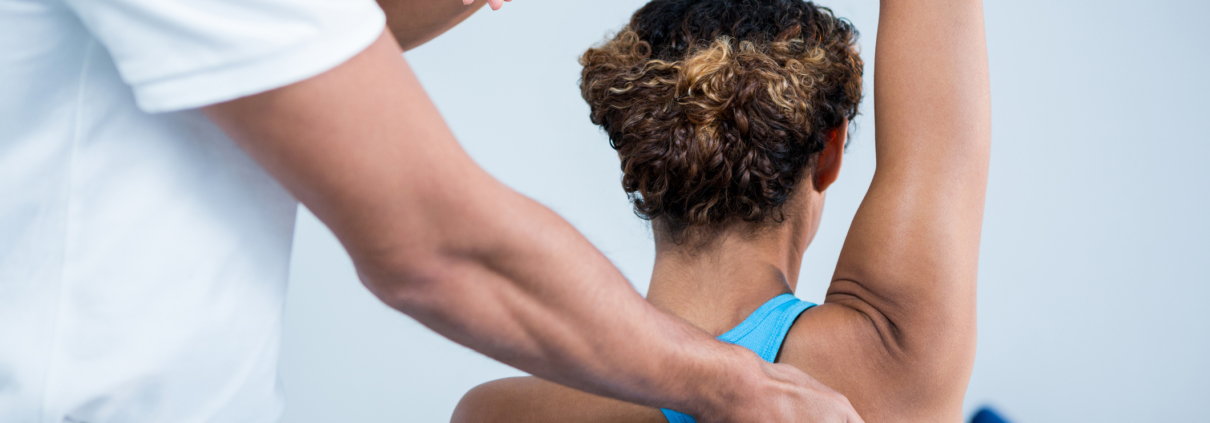Osteopathy and the value of face-to-face contact
Osteopathy face-to-face
This year, the healthcare sector (along with many other industries) has been forced to embrace online technology in a bid to stop the spread of COVID. GP surgeries and hospitals have conducted video diagnoses. Some Osteopaths and physiotherapists have provided virtual exercise sessions. Telemedicine – caring for patients remotely without a physical therapist and patient present in the same room – is all around!
There are certainly some positives to telemedicine. It has enabled providers to see more patients in a shorter amount of time. It has also cut down on travel for patients and has been crucial in stopping the spread of COVID.
But as an Osteopath with more than 20 years’ experience, I have no doubt that Face-to-face appointments, a physical examination and hands-on treatment is preferable. In many cases, I believe that arriving at an accurate diagnosis is compromised when the medical practitioner is unable to physically assess the patient.
Osteopathy and face-to-face contact
At an initial consultation I spend around 30 minutes taking a detailed patient history. I note the patient’s lifestyle factors, both physically and emotionally. Then I move on to a physical examination. This is very difficult, if not impossible, to achieve with Telemedicine
Just last month, the value of face-to- face and hands-on contact was reinforced. Patient X visited me after two trips to a local hospital with lower back and abdominal pain. Both times she was sent home without being examined. Painkillers were prescribed.
I conducted a physical examination and it was immediately clear that this pain was not going to be cured by painkillers. I wrote a letter referring the patient to A&E. The diagnosis was eventually a stone in the urethra.
The power of touch
Another reason why physical examination is key is because palpation and touch can help with recovery.
This can be seen in the recent case of Patient Y – who fell and fractured her arm in two places earlier this year.
Bone fractures heal of course. But it’s the soft tissue aspect of the injury that can take longer to repair. However, palpation, moving, stretching and massaging the soft tissue, combined with remedial exercises can help with the recovery and range of movement.
In fact, Patient Y came to see me because she was struggling to complete the home physio exercises prescribed virtually by the hospital. She was also experiencing some discomfort.
The next day she emailed me: “Following my appointment with you I had a virtual physio session as a follow up to my hospital treatment. The physio asked me to move my arm to check the range of movement, She was astonished to see that I could raise my arm to its full height.
“She said she was extremely surprised to see such a recovery in the movement after only eight weeks. I explained that following my treatment with my osteopath, Robin Kiashek, my range of movement had significantly improved and that I had certainly not been able to raise my arm to its full height before I visited you. Thank you, as always, from one very satisfied patient!”
How we are keeping you safe
My osteopathic clinics are able to remain open despite the tiered approach England finds itself in. This includes Tier 3. So, we can continue to provide hands-on treatment and psychical examinations in a safe environment.
Both clinics are operating under a strict COVID-10 health and safety policy. This includes:
- Use of face masks, disposable apron and gloves during consultations which are changed between patients.
- Internal cleaning of clinic
- Full sanitisation and disinfection fogging throughout the week
- Social distancing
- Regular deep cleans of touch points like buttons, light switches and door handles
If you’re struggling with an issue and perhaps not able to get a face-to-face appointment then please do get in touch. I’d be delighted to see if I can help to relieve your symptoms.






Leave a Reply
Want to join the discussion?Feel free to contribute!